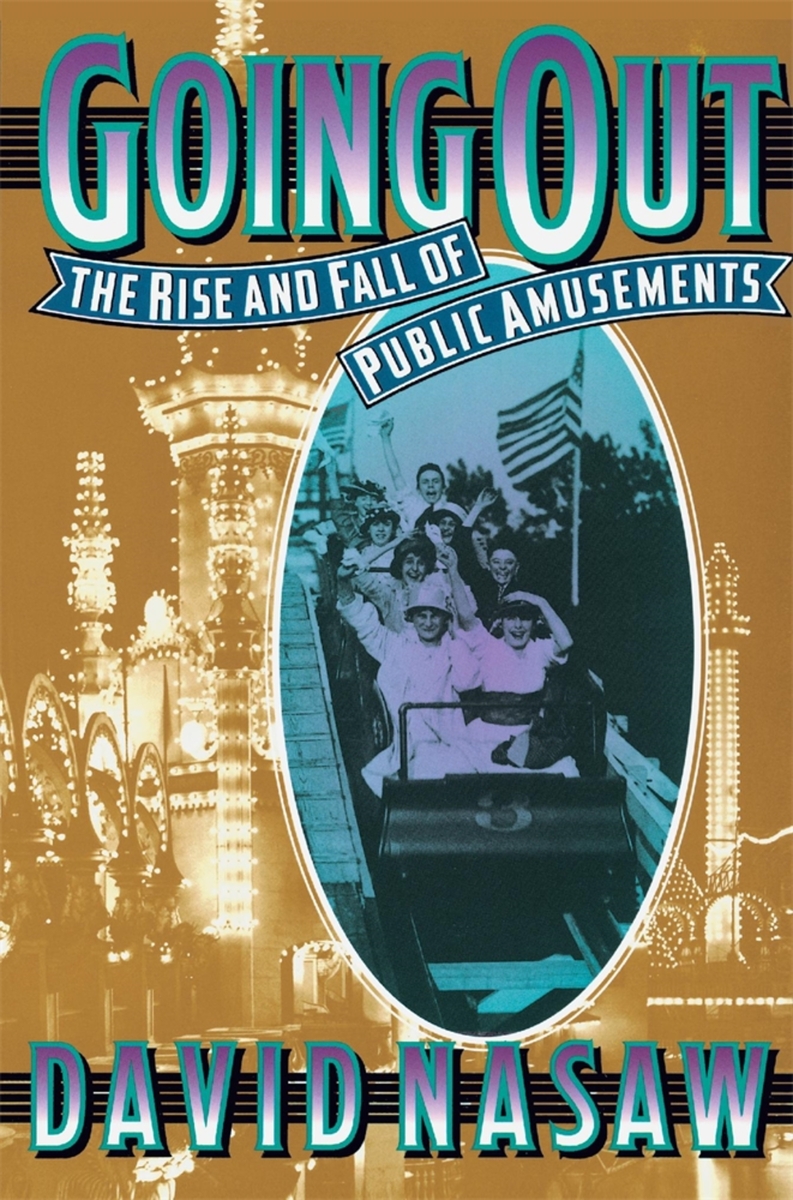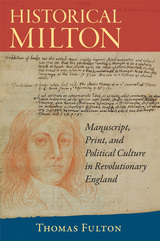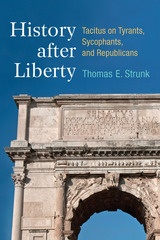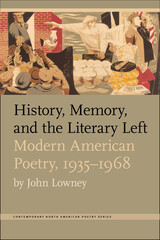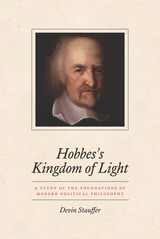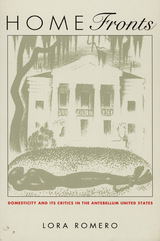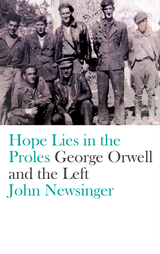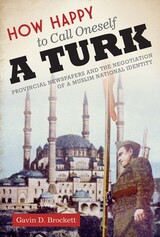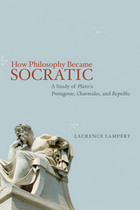Going Out: The Rise and Fall of Public Amusements
Harvard University Press, 1999
Paper: 978-0-674-35622-1 | eISBN: 978-0-674-41759-5 (ePub) | eISBN: 978-0-674-41758-8 (PDF)
See other books on: 20th Century | Fall | Rise | Social History | United States
See other titles from Harvard University Press
Paper: 978-0-674-35622-1 | eISBN: 978-0-674-41759-5 (ePub) | eISBN: 978-0-674-41758-8 (PDF)
ABOUT THIS BOOK | REVIEWS
ABOUT THIS BOOK
David Nasaw has written a sparkling social history of twentieth-century show business and of the new American public that assembled in the city's pleasure palaces, parks, theaters, nickelodeons, world's fair midways, and dance halls.
The new amusement centers welcomed women, men, and children, native-born and immigrant, rich, poor and middling. Only African Americans were excluded or segregated in the audience, though they were overrepresented in parodic form on stage. This stigmatization of the African American, Nasaw argues, was the glue that cemented an otherwise disparate audience, muting social distinctions among "whites," and creating a common national culture.
See other books on: 20th Century | Fall | Rise | Social History | United States
See other titles from Harvard University Press
